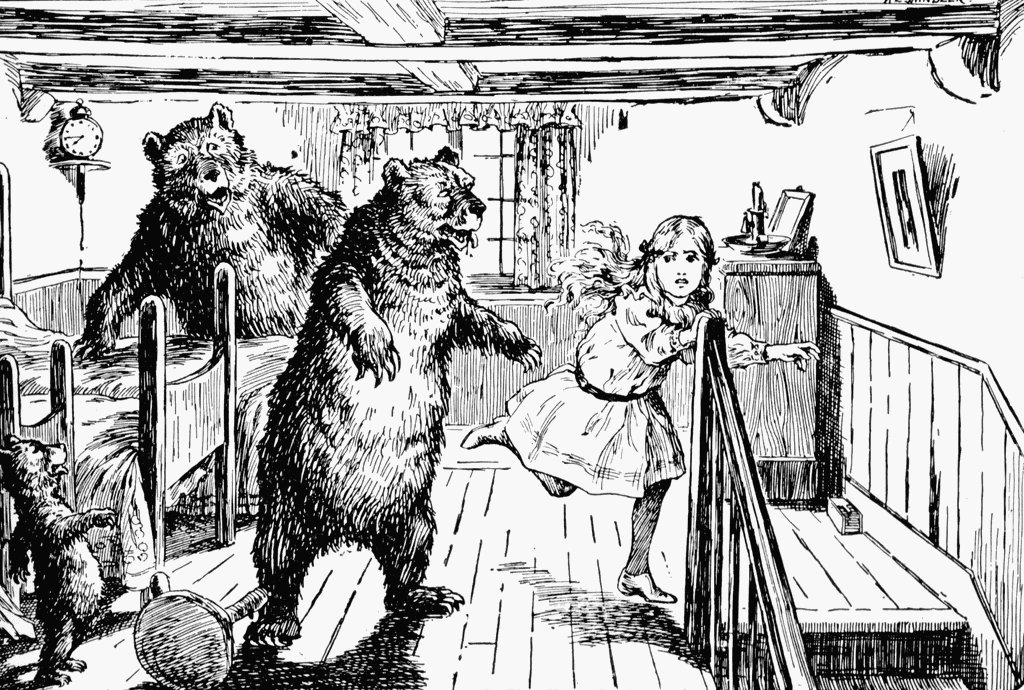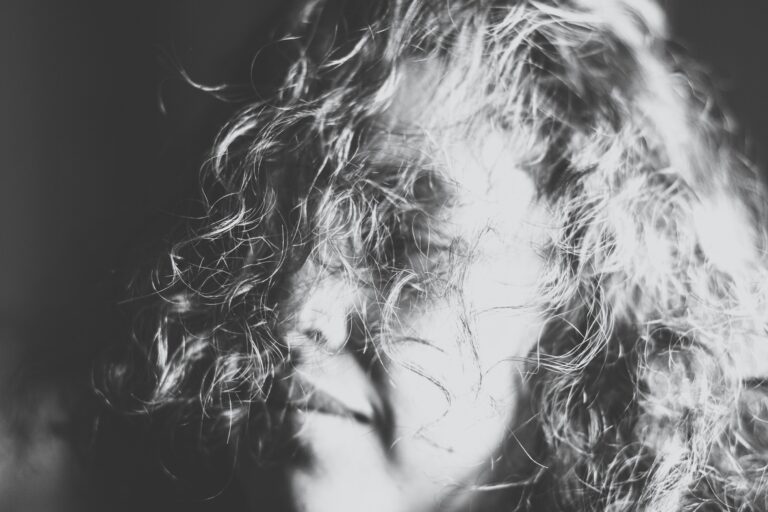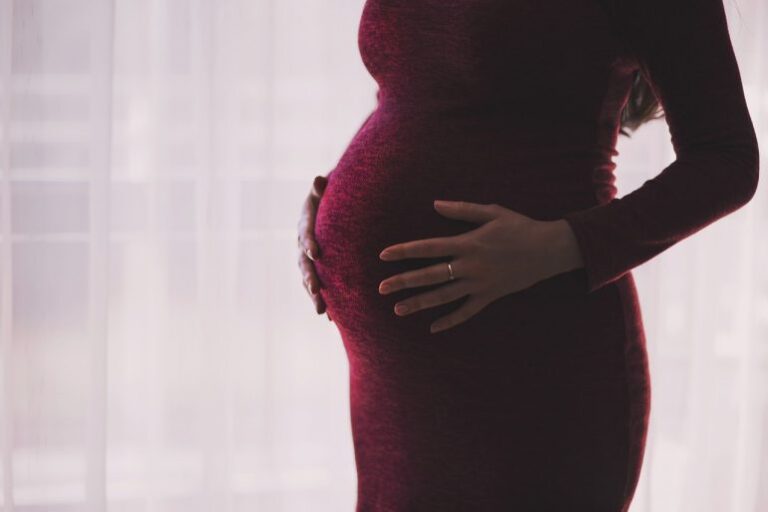Good Bad Women: Goldilocks

We were discussing the character of teenage girl in a fantasy novel. “I like that the girl is not what you expect,” said one writer, “You expect girls to be sweet and innocent, but she’s strong and takes action,” he said.
Huh, I thought. Do we expect girls to be sweet and innocent? If you’re like me and you used to be a teenage girl, or, maybe you’re not like me, but you know someone that used to be a teenage girl, then perhaps you don’t expect them to be sweet and innocent. Based on your keen powers of observation and the belief that teenage girls are people, you expect girls to be diverse and complex, like the rest of us. Why then, if real girls have all the characteristics of real people, do we expect fictional girls to have few or none?
Marina Warner, in her critical analysis of fairy tales From the Beast to the Blonde, argues that the way we tell stories about women and girls serves a social project. That project is usually to reinforce the dominant power structure and to warn against challenging that structure. A closer look at the story of Goldilocks serves to illustrate this process.
The earliest written version of Goldilocks, Warner says, is centered on an old woman (who is not named Goldilocks). She is homeless and possibly a witch. She breaks into the gated, beautifully adorned house of a bear family, then she maliciously destroys their furniture. When the old woman is caught by the bears she is burned, drowned, then thrown from a church steeple. Warner argues that this version was meant to warn people in the lower castes of society against trying to cross economic and social boundaries.
In the next version of this story, Warner says, a young, silver-haired girl is wandering in the woods. Out of curiosity she enters the home of a bear family and accidentally damages their furniture. When the girl is discovered the bears make plans to skin her and eat her for dinner. Warner argues that this version of the story was meant to discourage curiosity in girls.
In more recent versions, Goldilocks is a young girl with remarkable blond hair who is lost in the woods. Cold, hungry, looking for help, she enters the modest home of a bear family and accidentally breaks their furniture. When the girl is discovered she runs from the house and from the bewildered bears. She is not injured, just frightened. In this final version of the tale we have not only the most passive of all three protagonists, but also the most beautiful. The protagonist is blond, which Warner argues is used in folk tales as a shorthand for young, innocent, beautiful, and morally good. Additionally, her motives are driven by desperation, not curiosity or malice. In this final version our protagonist is sweet and innocent, just as the writer in my workshop expected her to be. This modern story of Goldilocks implicitly tells girls to strive for beauty and innocence, and to not stray far from home. As Warner points out:
By forgetting that fairy tales interact with social circumstances, we miss seeing how the copybook blond princess becomes instead a stick with which to break young women.
But, what happens if Goldilocks gets some of her agency back? I’ve discovered many instances of communities, schools, mock trial teams, and regional judicial systems staging Goldilocks vs. The Three Bears trials. Usually the juries are third graders, sometimes they are in fifth. In these mock trials an actor portrays Goldilocks on the witness stand, and according to accounts of the trials, Goldilocks is sometimes selfish, lost, malicious, or unwitting. She is a range of characters, with a range of motives. Through these mock trials, Goldilocks, at last, has become a complex human being, and, like the rest of us, sometimes she is guilty and sometimes she is innocent.


